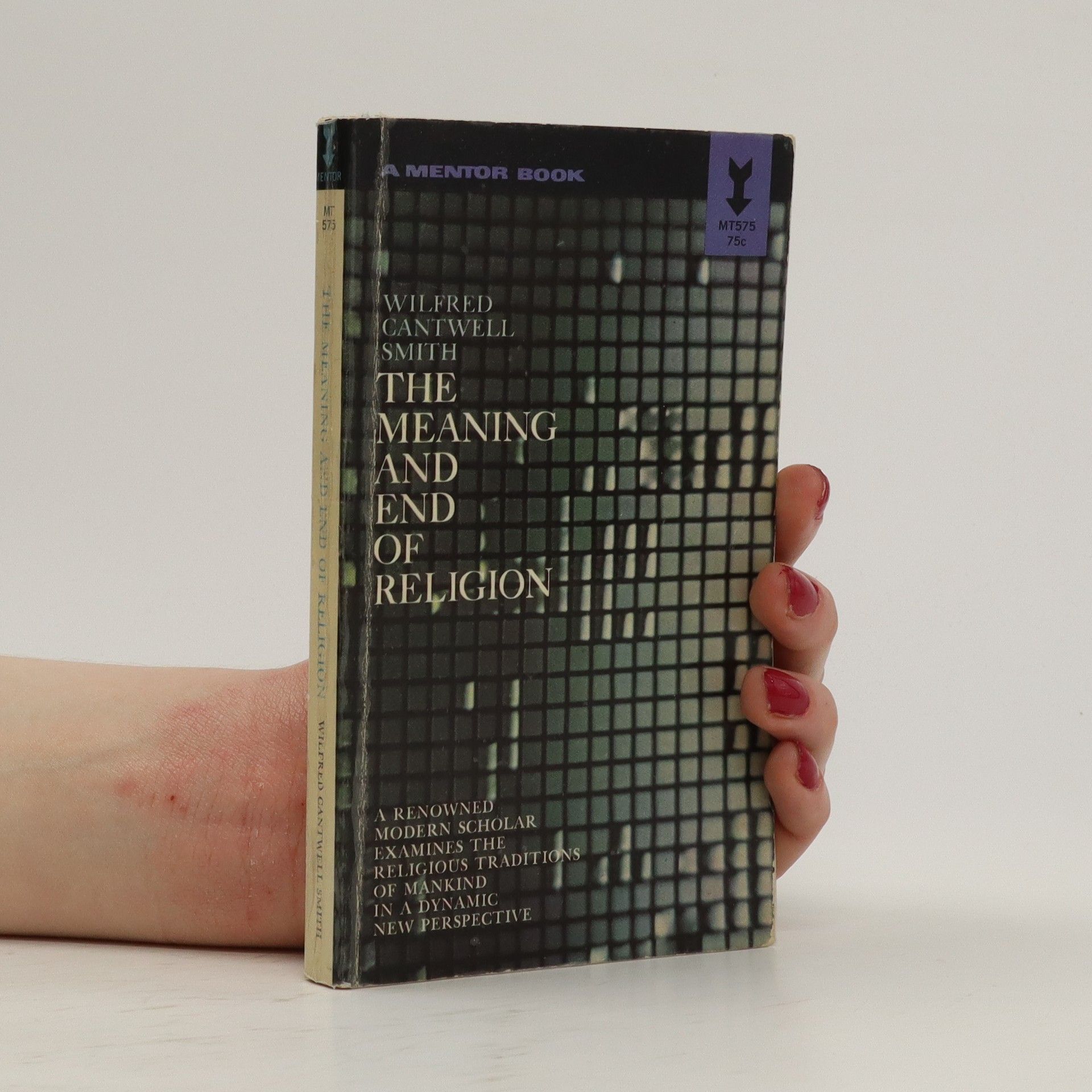The meaning and end of religion
- 356pages
- 13 heures de lecture
Wilfred Cantwell Smith, maintained in this vastly important work that Westerners have misperceived religious life by making religion into one thing. He shows the inadequacy of religion to capture the living, endlessly variable ways and traditions in which religious faith presents itself in the world.

